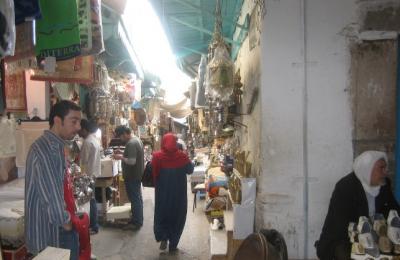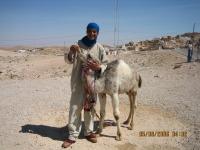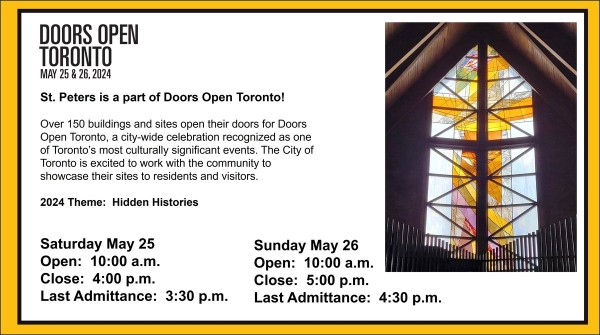A Search for a Happy Country (37)
It is difficult to describe the cooperative movement which plays so important a part in the life of the country, except by employing the dull forms of statistics and reports. I could thus set up only the surface aspect, for example, of the ETK (Cooperative Wholesale) headquarters; and a brief glimpse of the stores and cooperative banks doing business in practically every town and city. Yet this movement is an intensly human one, touching human lives at a thousand points, springing from the people themselves united increasing what they can buy with their money.
But though I find myself unable to describe in detail the many instances of this movement in Estonia where, without being a political movement at all, it has its representatives in the government and acts with the support of the government, I can give a glimpse of one of its newest developments — the co-operative factory near Tallinn. Remembering my talk in Pärnu with the young Chamber of Commerce Secretary who thought the cooperatives were making a mistake in going for manufacturing, I told Mr. Jaan Põdra, the Managing Director of ETK about this; and he smiled as he answered:
“People say such things because that is what they wish to believe. It does not concern us. What our members wish to manufacture that we shall manufacture. As to the results, we shall see.” Those three little words might also be said to be the motto of Estonia: “We shall see.”
Less than a year ago, he told us, the ETK decided it was time to open up a large factory just outside the walls of Tallinn; and he drove us out to see it. We found it housed in a huge building, as long as a long city block, and half as wide, formerly part of the Russian ship building set-up.
The first rooms we entered were used as a chemical factory. It was a tremendously busy place, with huge vats boiling, men filling pails, and cans, and barrels, women pasting labels, and wrapping toilet soaps in cellophane — all sorts of activity going on, from making delicate perfume, put up in dainty bottles, to manufacturing paints and lubricating oils stored in kegs and barrels. Huge trucks rolled into the work-room empty, and rolled out again heavily loaded, carrying the products to members all over the country.
Dr. J. Kuusk, the Director, explained that the ETK is the largest single manufacturing company in Estonia, employing about a thousand men and paying wages 20 to 30 per cent above those paid by the privately-owned industries such as the Kreenholm Spinneries and the Kiviõli oil works.
We went on to the metallic works, where pig iron from Russia and Sweden was being transformed into farm machinery. In another room, they were making bicycles, looking exactly like our best American ones; in still another room they were building huge red trucks, set on American chassis. These, like everything else made by the cooperatives, are being built to supply their own needs. Their production is for use and not for profit.
•
I had several talks with one of the leading women in this country where so much important work is done by women. She was Mrs. Marie Reisik who has been the Chairwoman of the Women’s Council from the very beginning. She was a very intelligent, social-minded woman, and made me understand more ever what the country went through in its struggle for independence. But she was far from being contented with its present achievements. She insisted that this present stage is only a transition stage. And this, indeed, is the contention of Minister Rei, a former president, now acting Minister of Foreign Affairs, and of Jaan Tõnisson, who was the moving spirit of the revolution in the early days of pure idealism at Tartu. As she talked, she spoke so often with a kind of wistful admiration for Sweden and Finland, as countries that had more nearly attained the economic goal the Estonians were seeking, that I asked her to explain more fully.
“They are advanced beyond us in several respects,” she replied, speaking slowly and thoughtfully. “Their cooperatives are more fully developed, they are much richer in natural resources, and because of two things they have a higher standard of living. They have one great advantage over us, which time alone can cure: they have been free much longer. It is a hundred years since Finland had autonomy, whereas it is not yet twenty years since New Estonia was born in quite desperate poverty.”
“Is there any respect in which you think Estonia is ahead of them?” I asked.
She thought it over: “Well, I should say we have been accelerating at a much greater rate than they have in these last twenty years. Of course, in doing so, we have been helped by their progress. They are entangled in some confusion from which we are free. There is a powerful Swedish influence in Finland, and Sweden still possesses a landed and privileged aristocracy and a wealthy and powerful capitalist class. While these forces continue to wield political influence, Sweden and Finland cannot of course be political, economic and social democracies as we really are. That Finland is hampered by this confusion in some degree is shown by the fact that it has two official languages, Swedish and Finnish, whereas we have only one. Their university courses are carried on in both. Two official languages in a country means, I think, a sort of split personality. We have an integrated personality, which expresses itself in our one language, and for that reason we may perhaps achieve a more perfect pattern of community life... And their very wealth and size create difficulties. Sometimes I think our poverty is our protection. We are not a rich prize dor robber-barons anymore, nor we do offer temptation to wealth-seeking exploiters.”
(To be continued)
Järjejutt
TRENDING






















